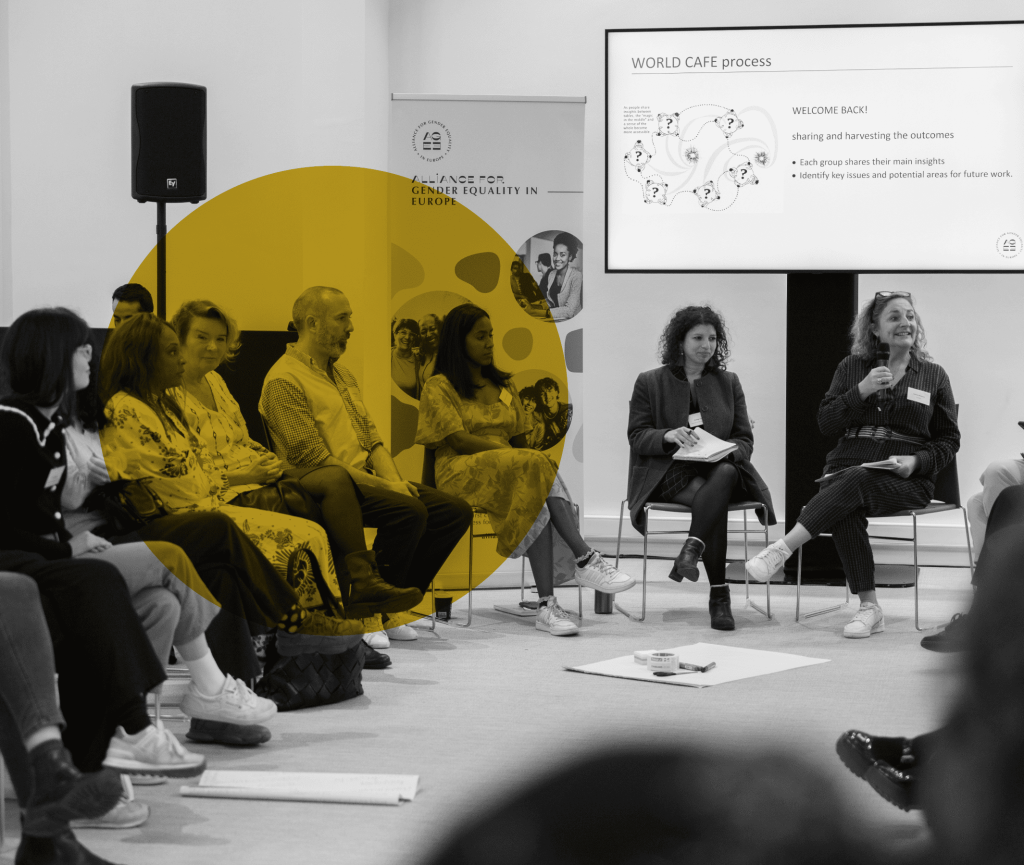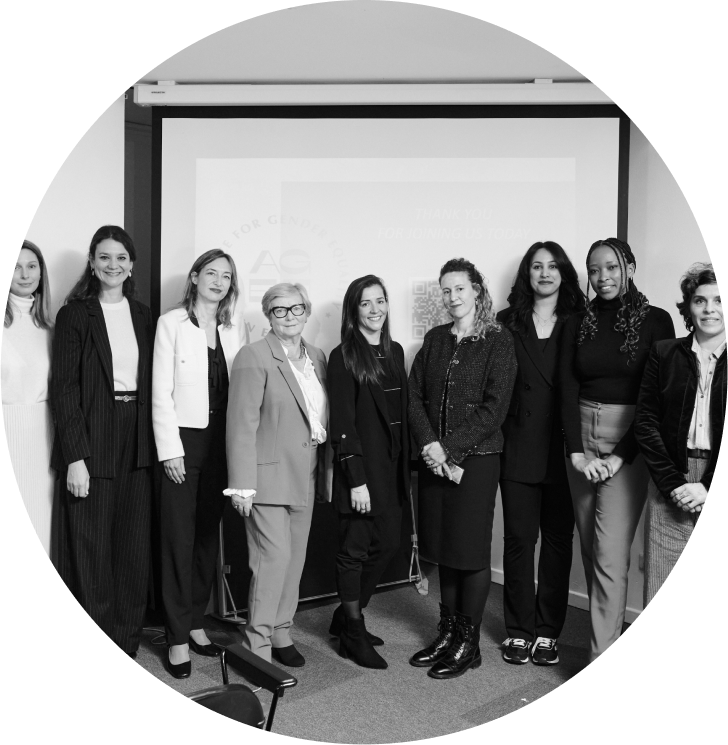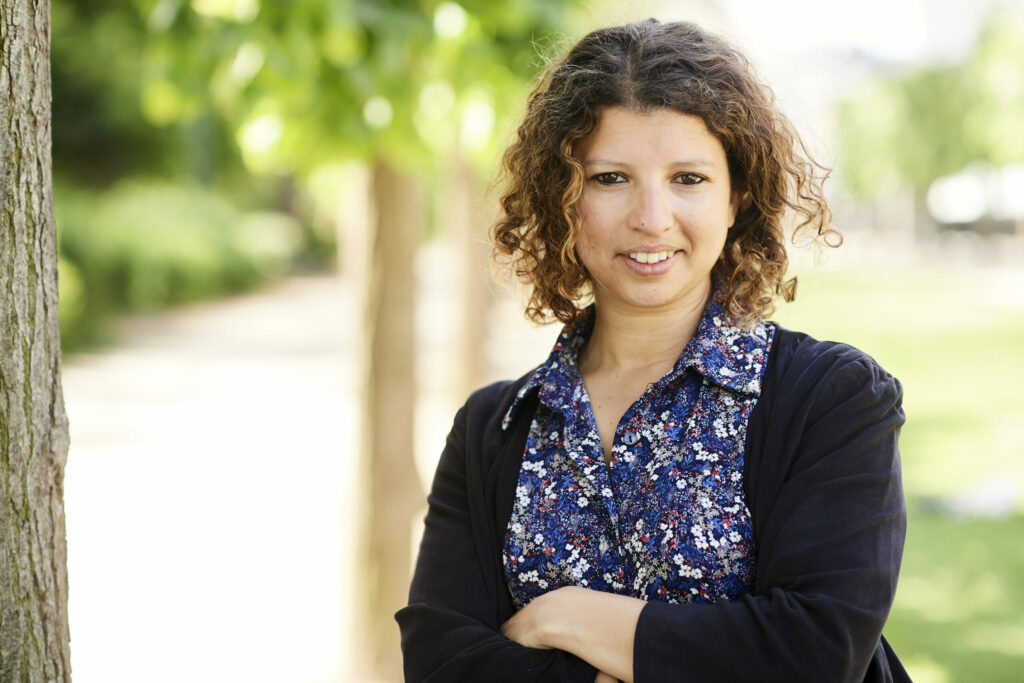Strengthening the grassroots gender equality movement in Europe.



Who we are
The Alliance for Gender Equality in Europe is the first and only collaborative fund dedicated to advancing progress toward gender equality across the continent.
We bring together foundations that share a common vision: an inclusive Europe where gender equality is achieved for all. Within the Alliance, members pool financial resources, knowledge, and networks to collectively invest in, connect, and champion grassroots organisations.
We support organisations and movements that empower individuals while also addressing the systems that uphold inequality — from expanding opportunities and shifting mindsets to challenging discrimination and mobilising collective action for lasting change.
What we do


Grants
Multi-year core and project funding for grassroots organisations advancing gender equality across Europe.


Capacity strengthening
Support that strengthens and expands the skills, capacities, sustainability, and agility of our grantee partners.


Collaborative space for funders
A space for funders to learn, exchange, and deepen their knowledge of the most impactful ways to support the gender equality movement.


Raising awareness
We inspire philanthropy to support progress with new funding and better grant-making practices.
Our impact
7
private, corporate and philanthropic foundations.
7.5
million
euros in grants disbursed since 2021.
58
organisations supported.
35
countries where our grantee partners are making an impact.
60,000
marginalised people supported directly, and 20 million reached indirectly.

“The biggest impact of the Alliance’s support is that it has allowed us to “buy time” by hiring a community organiser and partly hiring some of our team members. We have grown so much over the last year!“
— Tereza Táborská from ALICE

“I had one of the best experiences of reporting in my 25 years of working in civil society. With an oral narrative report, they wanted to understand our successes, our challenges, and how they can better support us as donors.”
— Camelia Proca from Asociația A.L.E.G.

“Joining the Alliance has been one of the best decisions we’ve made. Being part of a network of passionate donors has amplified our impact far beyond what we could have achieved alone.”
— Member foundation at the Alliance

Impact report
In this report, we proudly present our activities, impact, and invaluable lessons that made 2024 a year of deep reflection and ambitious planning to unlock our full potential.
What's new
Held in Brussels from 16–17 October 2025, the Alliance’s annual grantee convening brought together almost 50 grantee organisations and member foundations to inspire and get inspired, to strengthen relationships and trust, to advance opportunities for
The EU Fundamental Rights Agency’s recent report highlights a concerning trend: one in two Muslims in the EU face racism and discrimination in their daily lives. Based on a survey of nearly 10,000 respondents across
Nadège Lharaig leads the Alliance for Gender Equality in Europe, a collaborative fund created in 2021 that brings together several foundations to support grassroots organisations committed to gender equality. A specialist in philanthropy and equality
Join us
We are building an open, collaborative, and long-term alliance of donors and foundations.
Join us to accelerate the scale and pace of progress for an inclusive Europe where gender equality is achieved for all.


Subscribe to our newsletter
Join our community and stay up to date with the latest news, insights, and stories from our work.



